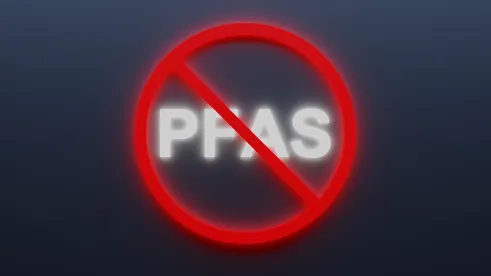The Environmental Defense Fund (EDF) published a blog item on September 18, 2023, entitled “Now’s the Time — How EPA Can Use TSCA to Turn Off the PFAS Tap.” According to EDF, for both previously approved per- and polyfluoroalkyl substances (PFAS) and for new PFAS, the U.S. Environmental Protection Agency (EPA) should:
-
Use the Best Available Science: EDF states that EPA’s Toxic Substances Control Act (TSCA) program should rely on the scientific expertise on PFAS across the Agency, such as the Integrated Risk Information System (IRIS), which has been evaluating PFAS, and EPA’s proposed drinking water standards “based on robust scientific findings.”
-
Assess Cumulative Risks: According to EDF, EPA’s TSCA program “considers PFAS chemicals in isolation,” which is “an outmoded strategy for protecting human health and the environment.” EDF states that EPA should “move toward a cumulative risk assessment model, accounting for the effects of exposure to multiple PFAS chemicals, especially to vulnerable populations.”
-
No Release Is Negligible: EDF states that EPA has argued that some PFAS should be of little concern if they have negligible releases. EDF notes that PFAS are environmentally mobile, highly persistent, and bioaccumulative, and that every release contributes to long-term, cumulative exposure.
-
Facilitate Safer Alternatives: EDF suggests that by using TSCA to restrict or ban PFAS, “EPA would incentivize the rapid development and adoption of safer alternatives — a step that is long overdue.”
EDF concludes that by using its full authority under TSCA, “EPA can ensure a future where chemicals do not compromise our health and safety.”




 />i
/>i

